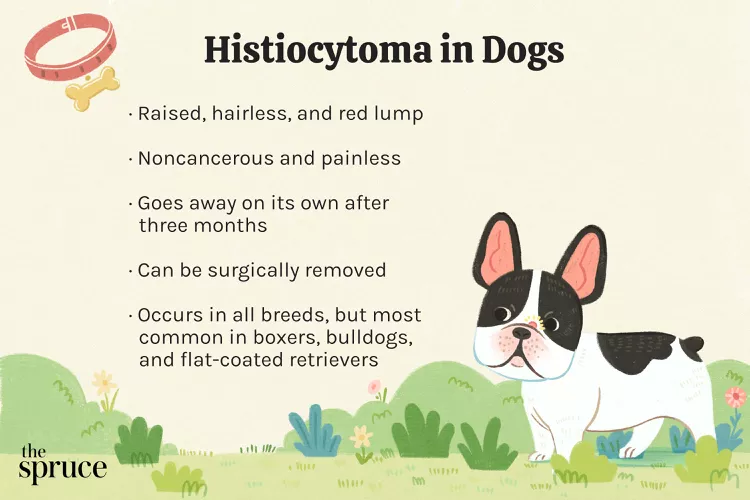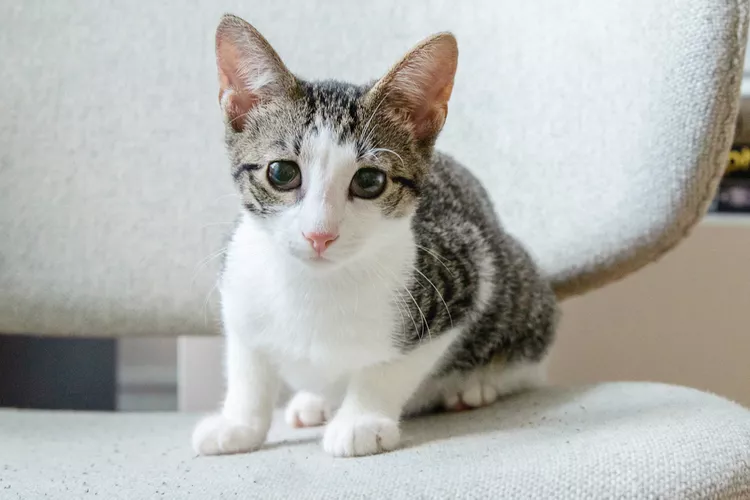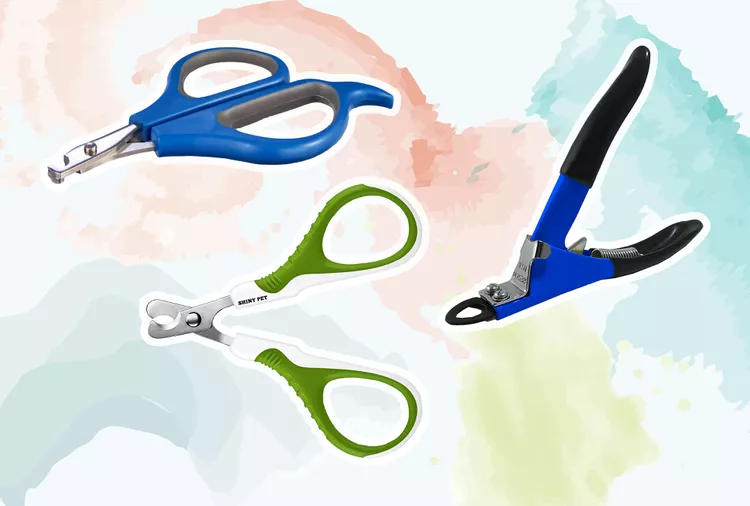
It’s no secret that cats love fish—the fishier, the better. Tuna is a quintessential cat treat, and before the days of commercial cat food, many people used to feed their cats canned tuna.
But now that we know cats have special nutritional needs, is it safe to feed tuna to your cat? If so, how much tuna can cats eat and what kind of tuna can cats eat? Tuna can be a healthy treat for cats—but only in moderation, and you should aim for tuna in water as opposed to oil. Here's what you need to know.
In moderation, tuna can be a healthy treat for most cats. In fact, many commercial cat foods contain tuna as an ingredient. Tuna is high in protein and low in carbohydrates. Tuna also provides the omega-3 essential fatty acids EPA and DHA, which can contribute to overall skin and coat health and may also help improve inflammatory conditions like allergies, heart disease, certain cancers, and kidney disease.
Although it’s fine to feed your cat small amounts of tuna such as found in lickable cat treats or as a supplement to its complete-and-balanced cat food, too much tuna can be harmful. First, tuna alone doesn’t provide the critical balance of nutrients a cat needs to be healthy. Cats have very specific nutritional needs.
High-quality commercial cat foods include a statement on the label that states that the product is “complete and balanced” as certified by the American Association of Feed Control Officials (AAFCO). The complete-and-balanced statement on a cat food label means that the cat will get all the essential nutrients it needs, in the correct balance, as required for that life stage: adult maintenance (for adult cats), growth and reproduction (for kittens and pregnant or nursing females), or all life stages (for all cats, whether kittens or adults).
The unbalanced amount of vitamin E in tuna can cause problems with fat inflammation, and some pregnant cats eating high-tuna diets have developed bleeding disorders. Additionally, tuna is high in mercury, so too much tuna could potentially lead to mercury poisoning. Although rare, signs of mercury poisoning in cats include incoordination, loss of balance, and problems walking.
Finally, cats can love tuna to a fault. Tuna is extremely tasty, perhaps much tastier than your cat’s healthy regular diet. Some cats, when given tuna regularly, will start turning up their nose at their regular cat food, holding out and hoping you will cave and give them more tuna instead. This can quickly develop into undesirable picky eating and feeding difficulties.
If you choose to offer your cat the occasional tuna treat, you can choose canned tuna or fresh tuna. Select canned tuna packed in water, not canned tuna in oil or canned tuna with added salt or other flavorings. Chunk-light tuna is a better choice for your cat than albacore, which is higher in mercury. Pay attention to other sources of tuna your cat might be eating. For instance, if you’re feeding a canned food that’s made with tuna, adding more tuna on top of it might be too much.
Fresh tuna is best served cooked. Even though humans eat sushi all the time, giving your cat raw fish may be harmful. Eating raw fish poses the same risks to your cat as it would to you. Raw fish can contain bacteria and parasites. Additionally, raw fish contains an enzyme called thiaminase. In cats, this enzyme can break down an essential B vitamin called thiamine, potentially leading to a dangerous condition called thiamine deficiency, which is very dangerous. Cooking the tuna you plan to feed to your cat not only kills any bacteria or parasites but also destroys the thiaminase.
It’s always a good idea to talk to your veterinarian before adding any new foods to your cat’s diet. If you get your veterinarian’s blessing and you wish to feed your cat tuna, follow the same guidelines as you would for feeding your cat any treat. Supplemental treats like tuna should make up less than 10% of your cat’s daily calories. The rest of your cat’s diet (90%) should come from a high-quality, complete-and-balanced cat food.
To avoid potential issues that can arise from eating too much tuna, including the development of picky eating habits, avoid feeding tuna every day and instead limit tuna to an occasional surprise for your cat.

Cute Pictures & Facts About Calico Cats & Kittens
Learn fascinating facts about calico cats, including photos, the genetics behind this color combination, and common folklore and traditions.
How to Prevent Cat Separation Anxiety During Vacations
Discover why cats develop litter box problems and cat behavior problems when you go on vacation and what you can do about it to help them.
Cat Behavior Changes That Might Mean Something's Wrong
Cats' behavioral changes may indicate problems—or they may mean nothing at all. Explore causes of odd behavior and what to do about them.
Lhasa Apso: Dog Breed Characteristics & Care
The Lhasa apso is an ancient breed from Tibet that was bred to be a watchdog. Learn about its history, health, exercise needs, and more.
Reasons Why Dogs Run Away and How to Stop It
Dogs can escape, especially if they’re bored and not properly contained. Here are some techniques for stopping your dog from running away.
Can Dogs Get Depression? How to Help Your Sad Dog
Can dogs get depression? Learn about the signs of depression in dogs and find out how to help your sad dog.
How to Stop Aggression in Dogs
Dog aggression can be a serious behavior issue for pet owners. Learn how to stop aggression in dogs before someone gets hurt.
How to Stop Your Dog From Growling
A growling dog can soon become even more aggressive. Reduce the noise and potential for a dangerous situation with some of these techniques.
Why Do Dogs Dig Holes? How to Stop Your Dog from Relandscaping Your Yard
Dogs have been digging holes for centuries and for many reasons. Whether they’re bored or want to cool off in the dirt, here are the top reasons why dogs dig holes.
Dog Treat Varieties
Learn about the different types of dog treats on the market and decide which are best for your dog.
Can Dogs Eat Asparagus?
Dogs can eat asparagus, provided the vegetable is cooked plain and cut up for them. Seasonings, salt, and butter make it unhealthy for dogs.
Histiocytomas in Dogs
A histiocytoma is a type of benign (non-cancerous) skin lump that usually affects young dogs. Learn the causes, treatment, and prevention.
Why Is My Dog’s Eye Swollen?
If your dog's eye is swollen, she may need veterinary attention. The inflammation could be caused by allergies, an injury, or even a tumor.
Common Bugs and Parasites Found on and Inside Dogs
Learn about common types of parasites in dogs. Find out how to treat and prevent parasites to keep your dog, your family, and yourself safe.
Exploring the Different Types of Pet-Friendly Beaches
Are you looking for pet-friendly beaches? Learn about the different types of pet-friendly beaches, their locations, and tips for visiting them with your pet.
10 Obscure, Little-known Canine Facts in Honor of National Dog Day
With National Dog Day upon us, it's time to celebrate everything about our favorite pets—even the weirder stuff. Here are 10 obscure facts about dogs you probably didn't know.
Kitten Development From 3 to 6 Months Old
Kittens grow and change a lot during their first year. Find out what happens between the ages of three months and six months old.
95 Siamese Cat Names
Our list of Siamese cat names has diverse and fun options to help you choose the ideal moniker for your elegant and lovable feline companion.
What to Buy for Your New Cat: A List of Essentials
Before you bring your new cat or kitten home, there are a number of things to collect or buy so your cat will feel welcomed like a family member.
The 6 Best Cat Nail Clippers of 2024 for a Safe Trim
Clipping your cat's nails can save your furniture and keep your kitty comfortable. We asked veterinarians for their cat nail clipper recommendations.